Ancient Warfare and Riot Tactics
How medieval formations influence modern riot policing
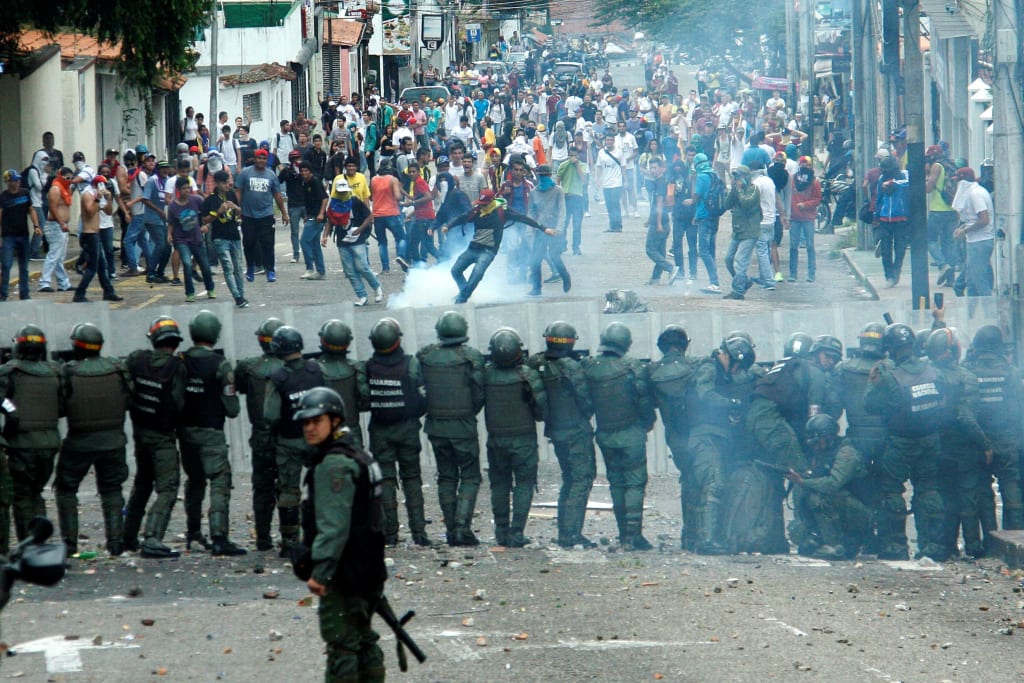
It might be hard to believe but 21st century riot tactics have a lot more in common with ancient and medieval warfare than you’d first think. A lot of the formations and tactics used today are adapted from ones first developed centuries, or even millennia, ago.
Naturally, there is a difference between techniques used in the past and those practised nowadays but this article will focus more on the similarities. It’s not intended to be an in-depth academic discussion, it’s more of a general observation and comparison.
Line
The line is probably one of the most recognisable police formations. It’s the main image that comes to mind when people picture a riot, a long line of black uniformed police with shields and batons.
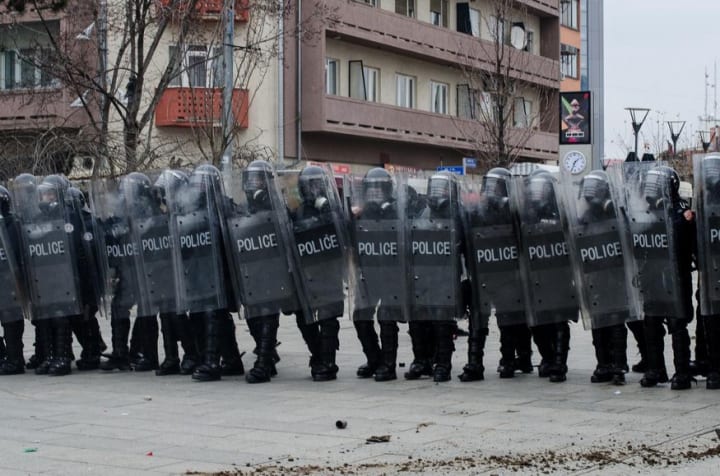
It’s been in use since antiquity, through to the Middle Ages, and beyond into the early modern period. It’s a simple formation and a relatively easy one to organise. Line formations can vary from the slender two ranks popularised by British redcoats to the densely packed shieldwall or phalanx. It’s been used on the attack and defensively.

Echelon
The echelon is a variant on the line formation where units are arranged diagonally. Each unit is deployed behind and to the right (right echelon) or behind and to the left (left echelon) of the unit in front of them. Echelon formations are commonly used by riot police to move crowds to either the left or right of an area.

The echelon is still used by modern militaries today, particularly armoured formations. It’s an age old formation and was used successfully by both the famous Carthaginian general Hannibal and Alexander the Great.
Wedge/Flying Arrow
The wedge formation, or flying arrow, is an offensive formation named for its distinctive triangular or arrowhead shape. It’s usually used by police snatch squads or when attempting to break a riot into segments. It’s highly effective at breaking a line.

Again, this is a formation that has been in use since antiquity. The wedge was popular with both infantry and cavalry units on the attack. The Romans and the Vikings are just two of the forces known to have successfully used it. Wedges are linebreakers, used to shatter the enemy ranks. It concentrates its pressure on one small point and if the line breaks, the wedge will flow into the gap, widening it further.

Historically, the front members of a wedge were typically warriors of note or those striving to make a name for themselves. The further front you were in the formation, the higher the chance of death or injury.
Circle
The circle is a defensive formation that is usually adopted when the police are outflanked or surrounded. Everyone faces outwards, presenting a wall of shields to any attackers. If any of the group are injured, they can placed inside the circle, protected by the outer ranks.
The circle is such an instinctive formation when threatened that even animals in the wild adopt it. It is most commonly seen in herd animals such as bison, elephants, and muskoxen.
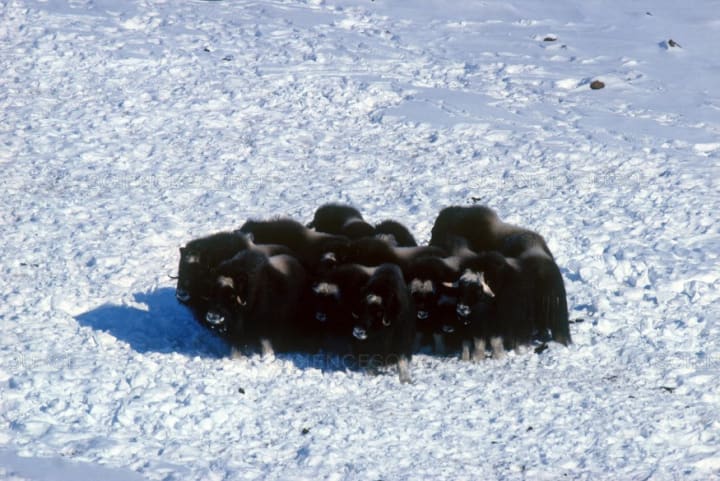
Historically, the circle was one generally adopted as a last resort but a more organised variant of it was the infantry square. Famously used by both Swiss pikemen and British redcoats, an infantry square was near impervious to cavalry if it held together.
Testudo
Students of Roman history will recognise this one immediately. The front rank holds their shields so as to cover their body. The ranks behind then hold their shields up over their heads. The resulting formation resembles a tortoise’s shell, hence the name. It is a supremely strong defensive formation but at the cost of speed and mobility. The testudo is most commonly used by police when being pelted by stones or other projectiles.
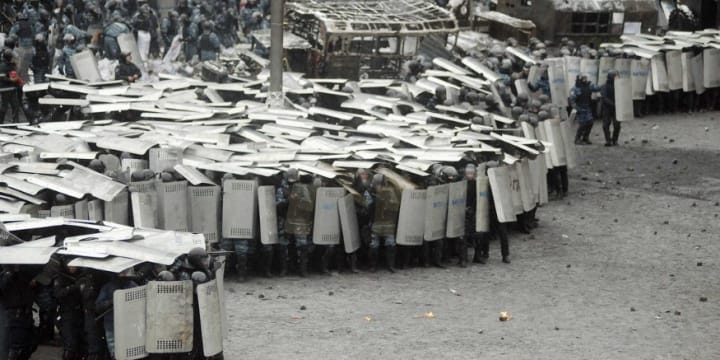
The testudo was most famously used by the Roman legions but it also saw use into the Middle Ages, popularly used when assaulting fortified positions. The formation is remarkably versatile, capable of being used on the attack as well in defense. If surrounded, soldiers at the back or sides of the formation can turn to present their shields outward, presenting a seemingly impregnable barrier.
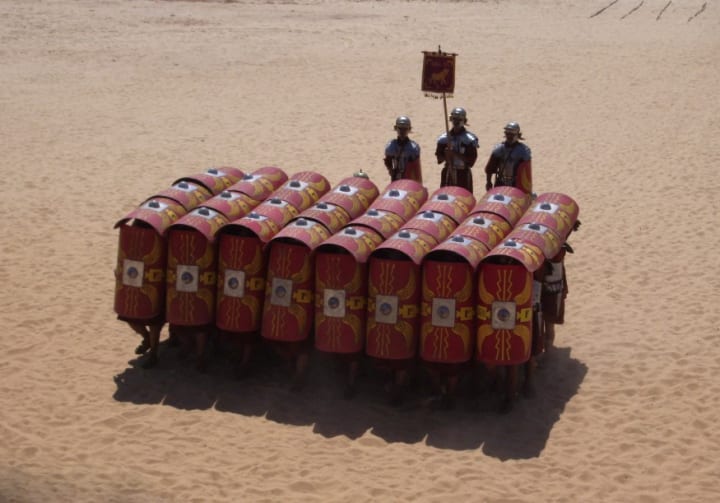
So there you have it, five formations still in use by police today that wouldn’t look out of place on an ancient battlefield. I hope you found the article of interest. Next time I’ll be taking a look at some of the other tactics used in a riot situation.
About the Creator
Fearghal Fitzgibbon
English & History graduate. M.Ed. Irish writer with a love of languages. https://www.buymeacoffee.com/Ceithernach

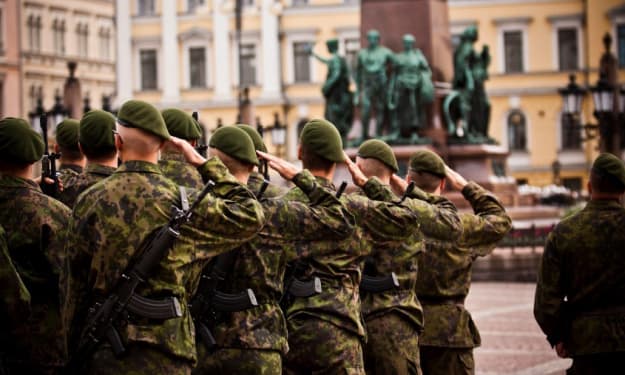
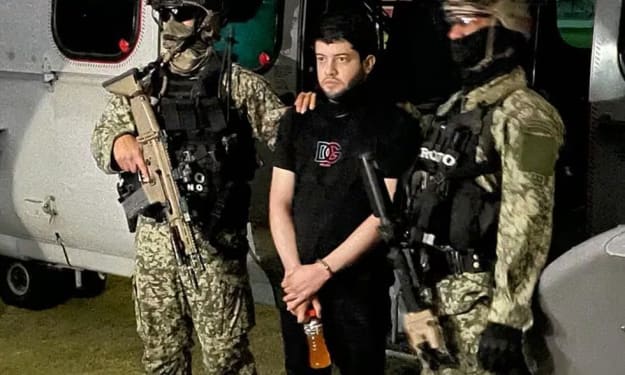


Comments
There are no comments for this story
Be the first to respond and start the conversation.